from:China General Nuclear Power Groupdate:2019-06-02
Daya Bay Nuclear Power Base, being home to 200-odd varieties of animals and plants, has ensured its biodiversity to be well protected, announced CGN and Dive for Love, a voluntary coral conservation federation in Shenzhen’s Dapeng New District, on June 1.
This was confirmed by a comprehensive investigation conducted by a delegation of 20 microblog celebrities, renowned science fiction writers, Dive for Love members, and public representatives on the creatures of Daya Bay Nuclear Power Base and its surrounding waters from May 31 to June 1.
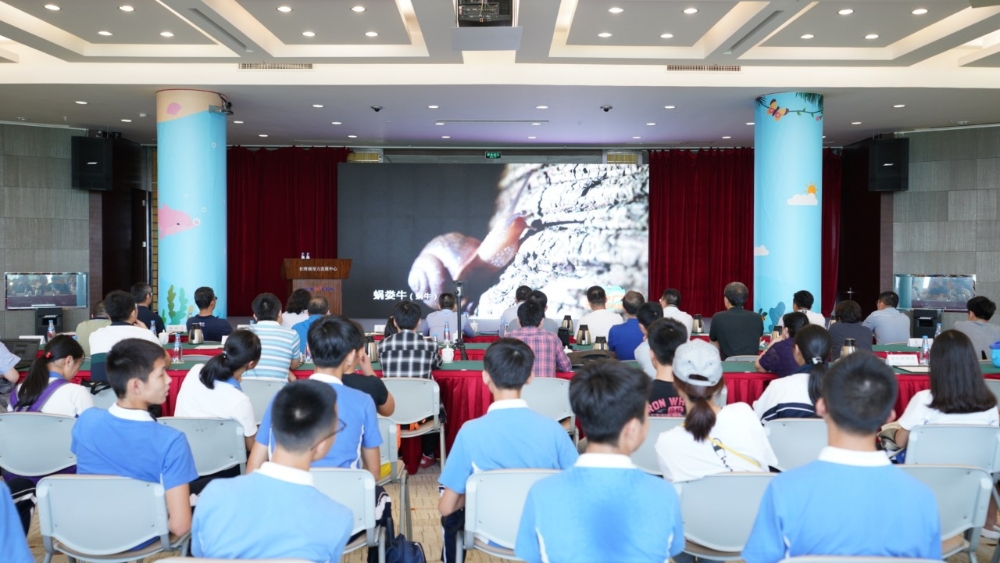
A presentation on Daya Bay Nuclear Power Base’s biodiversity
Daya Bay Nuclear Power Base is sited at Shenzhen’s Dapeng Peninsula. It is the world’s largest pressurized light-water reactor nuclear power base, which encompasses six gigawatt-level nuclear power units spread across Daya Bay, LNPS I, and LNPS II nuclear power plants (NPPs).
Its 10-square-kilometer land area is abundant with wildlife, while its 11 kilometers of coastline provides an ideal habitat for corals. The investigation, supplemented by 15 years of surveys conducted by volunteers at the base, found eight terrestrial animals and plants under state key protection: oriental garden lizards, white egrets, cattle egrets, crested goshawks, common buzzards, Indian scops-owls, boas, and mucuna birdwoodiana.
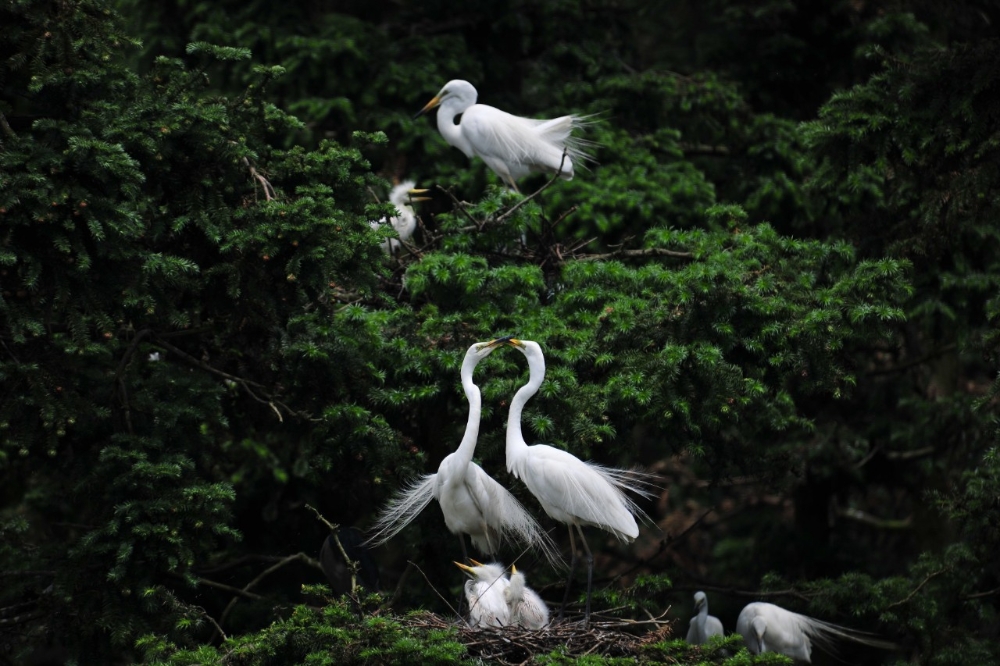
White egrets at Daya Bay Nuclear Power Base
Seven stony corals under second-class state protection were found in surrounding waters by divers of Dive for Love. A survey in the 1980s showed that the coral coverage of Dapeng Peninsula exceeded 70 percent, but the proportion has dropped to some 30 percent in recent years due to rapid urban development. The diving findings attest that living conditions of corals in the waters off Daya Bay Nuclear Power Base are fine, according to Bai Xiaoci, a council member of Dive for Love.
San Die Ji, a zoology postgraduate and an ecological photographer, was deeply impressed by the corals in the waters. He found many cattle egrets at Daya Bay Nuclear Power Base, which are rarely seen elsewhere. Cai Wei Huang, a renowned travel blogger, and Mr Liu Dake, a humanistic art blogger, both expressed amazement by the presence of glowworms there, a species sensitive to the environment.
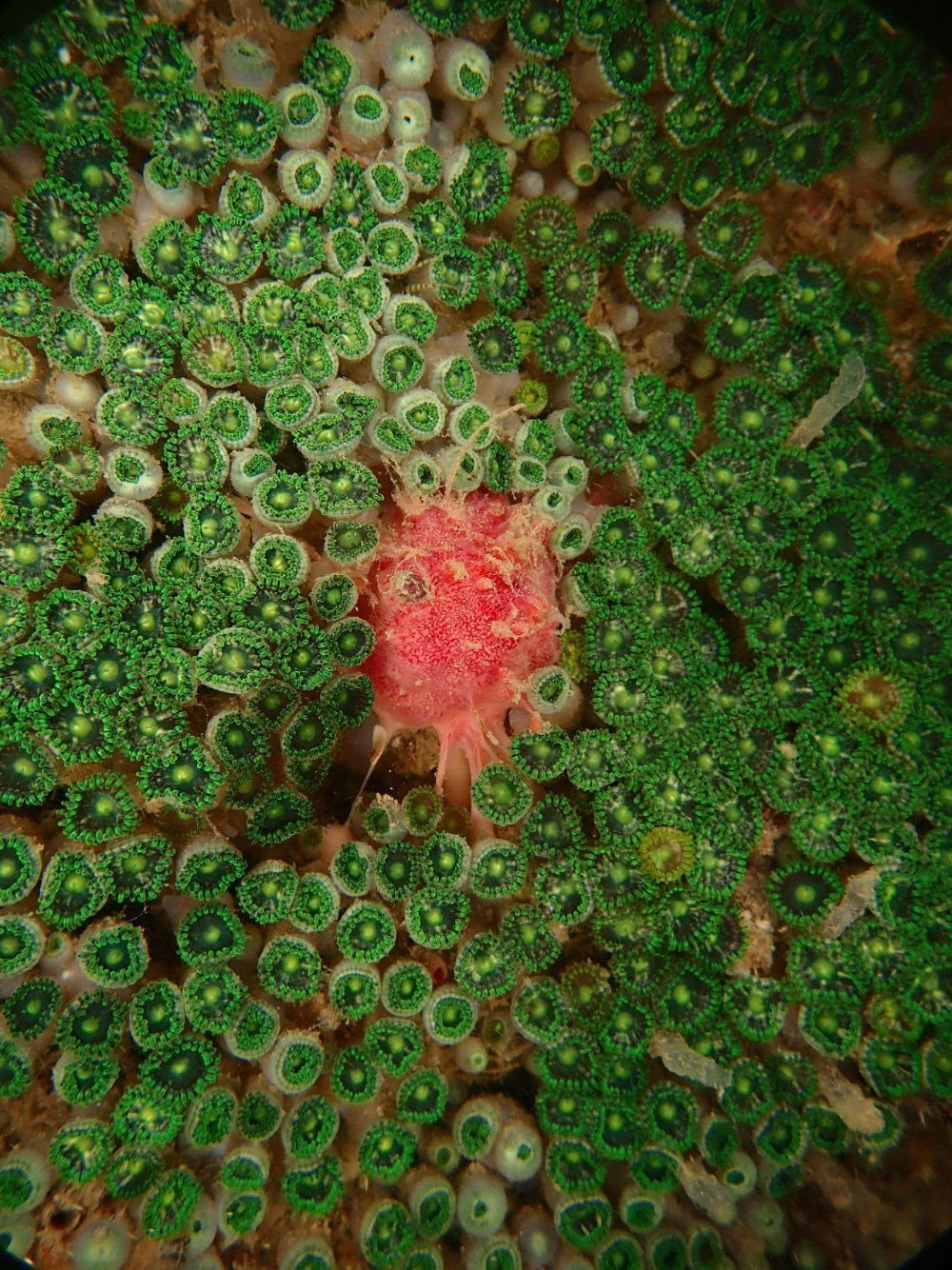
Tethya sp. in waters off Daya Bay Nuclear Power Base
Nuclear power is a safe, clean, and efficient energy, which produces no harmful gases including carbon dioxide, sulfur dioxide, and nitrogen oxide in the power generation process. As of Dec 31, 2018, the nuclear power base had generated 709.848 TWh, equivalent to reducing the consumption of standard coal by 219 million tons, cutting emissions of carbon dioxide by 574 million tons, equivalent to the planting of 1.6 million hectares of forests, which is eight times the size of Shenzhen.
Zuo Yuxuan, deputy general manager of Daya Bay Nuclear Power Operations and Management Co Ltd, noted that the sound ecological environment and biodiversity of the nuclear power base has benefited from CGN’s commitment to its green development concept.
Specifically, the company has established a task force to take charge of the environment management. Ten environment monitoring sites were also set up within a 10 kilometer radius of the base, and long-term data showed that there is no change in environmental radioactivity in the surrounding area before and after NPP’s operation.
Five sets of seawater monitoring buoys have been put into operation to conduct real-time supervision on the water quality of the surrounding sea waters, complementing regular testing through manual sampling. Up to 97.1 percent of the indicators meet the national requirements for Grade I and II seawater quality.
In addition, the base regularly conducts comprehensive sampling and testing of nearby air, soil, groundwater, and bio-specimens, covering more than 20 kinds of common food such as chicken, fish, lychees, radish, algae, and shellfish. No artificial radionuclides have been found.
The nuclear power base has a dedicated team of environmental protection volunteers to patrol the beaches, rivers, mountains, and forests, carrying out long-term ecological tracking and investigation.
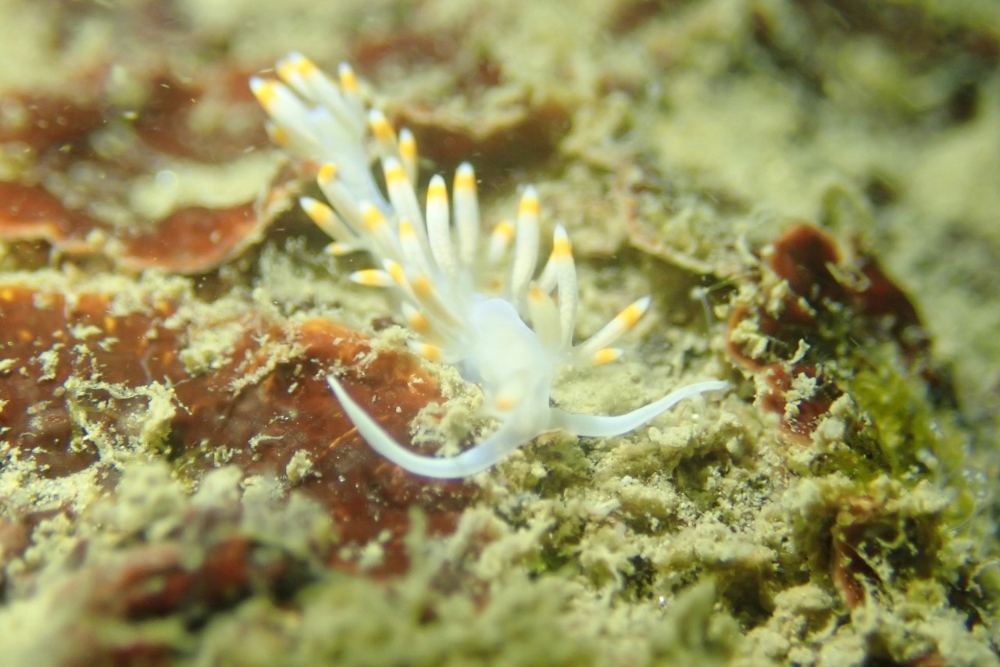
Manatee in waters off Daya Bay Nuclear Power Base
The base also partners with organizations including the Radiation Protection Association of Guangdong Province, Shenzhen Mangrove Wetlands Conservation Foundation (MCF), and Dive for Love to host ecological protection activities.
China’s first website regarding nuclear radiation safety information disclosure was launched, which allows the pubic to acquire environment monitoring data, as well as the operation status and radiation protection of nuclear power units. Since Daya Bay NPP began construction in 1987, it has kept the public informed of its production safety, environmental protection, and social responsibility.
Contrary to the preconceptions of many people, nuclear power plants, especially Gen-III nuclear power plants, are the most environmentally friendly of all of the power plant types. Regardless of other pollution, even their nuclear radiation is much smaller than that of thermal power plants, said Liu Dake after his visit.
CGN, which started with the establishment of Daya Bay NPP, the first large-scale commercial nuclear power plant in the Chinese mainland, has come a long way to develop the Gen-III nuclear power technology HPR1000, a national calling card on par with high-speed railways.
Through its growth, CGN has also been dedicated to involving the public. It has held a variety of activities, including inviting netizens to the nuclear power base for "micro-tourism," soliciting 30 couples from around the world to take wedding photos at their nuclear power base, and encouraging environmental protection organizations to investigate the biodiversity of their sites.
CGN spokesman Huang Xiaofei said that since its establishment, CGN has always been committed to the development of clean energy, such as nuclear power, wind power, and solar energy, in concert with the natural and social environment.
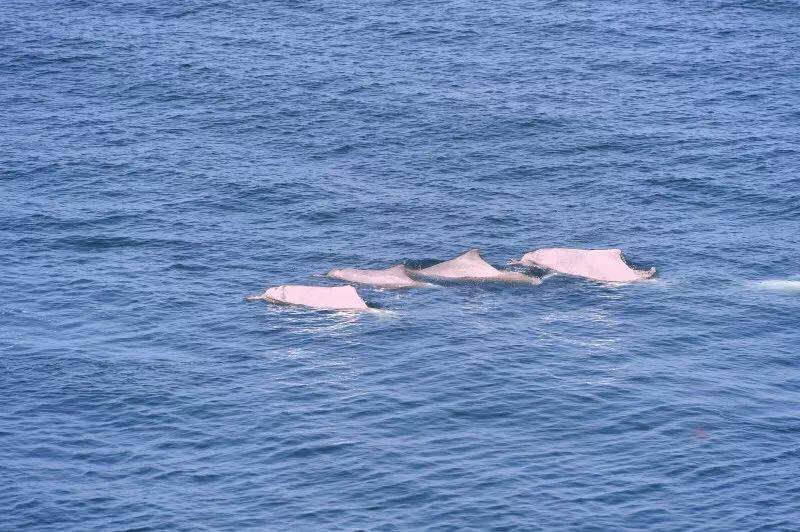
At the Yangjiang NPP, workers have seen Chinese white dolphins in the neighboring sea area several times in recent years. Known as “Giant Panda of the Sea," the species has a strict requirement for water quality and is a living index to measure the marine ecological environment. Little black whales under second-class state protection also appear from time to time, drawing media attention.
The Ningde NPP in Fujian province is the world’s only NPP with a tea garden. The original 200 mu (13.3 hectares) of white tea plantations was retained at the construction of the NPP to protect the local ecology and pillar industry. The organic tea produced there is called "harmony tea," which refers to the harmonious coexistence of the NPP and the tea garden, as well as the harmonious relationship between nature and technology.
In addition to nuclear power, wind power is also one of the clean energies that CGN has been vigorously developing. Its Menghai Wind Farm in Yunnan province is an indigenous combination of ecology, green development, and local ethnic characteristics.
In the early stage of construction, CGN invited botanical and zoological experts and scholars to conduct an investigation on the biodiversity of the site and formulate plans for animal and plant protection. Vegetation restoration was also carried out in the later stage. The treatment rate of disturbed land and soil erosion reached 99.47 percent and 98.18 percent respectively.
During the construction of offshore wind power projects, CGN also pays great attention to marine ecology protection. It has carried out a series of fishery resources proliferation and release activities, as well as marine biodiversity protection work in the South China Sea, East China Sea, and Yellow River basin.
As CGN has become more international in recent years, it has also taken many measures to protect the local natural ecology in the construction and operation of overseas projects. CGN's Husab Uranium Mine in Namibia has established and strictly implemented a sound environmental monitoring network for air, soil, and groundwater, as well as for plant and animal diversity.
To protect the tree tumbo, one of the "eight rare plants in the world," in the desert of Husab Uranium Mine, CGN has hired local botanists to optimize the project design route. Although the construction cost increased, nearly 200 tree tumbos were successfully protected. The company also won the Green Tree Award of the Botanical Society of Namibia in 2014.
Tel:+86-25-84152563
Fax:+86-25-52146294
Email:export@hbtianrui.com
Address:Head Office: No.8 Chuangye Avenue, Economic Development Zone, Tianmen City, Hubei Province, China (Zip Code: 431700) Nanjing Office: Building 23, Baijiahu Science and Technology Industrial Park, No.2 Qingshuiting West Road, Jiangning Economic Development Zone, Nanjing City, Jiangsu Province,China (Zip Code:211106)
